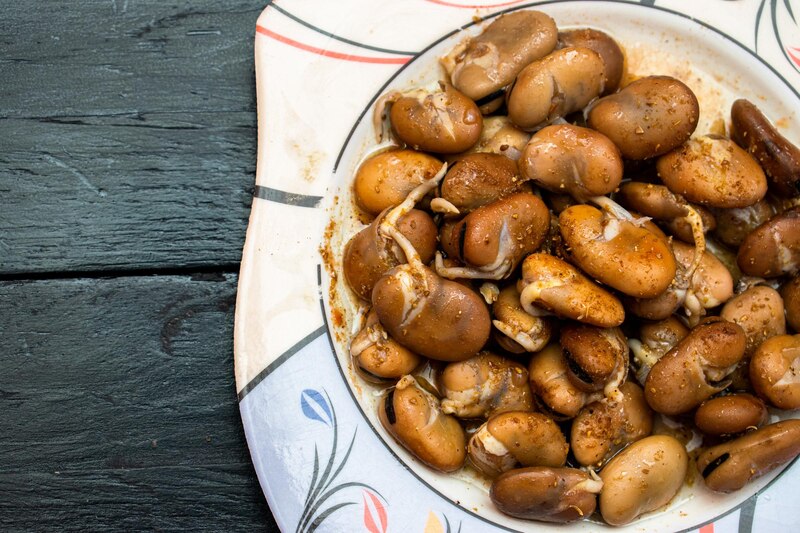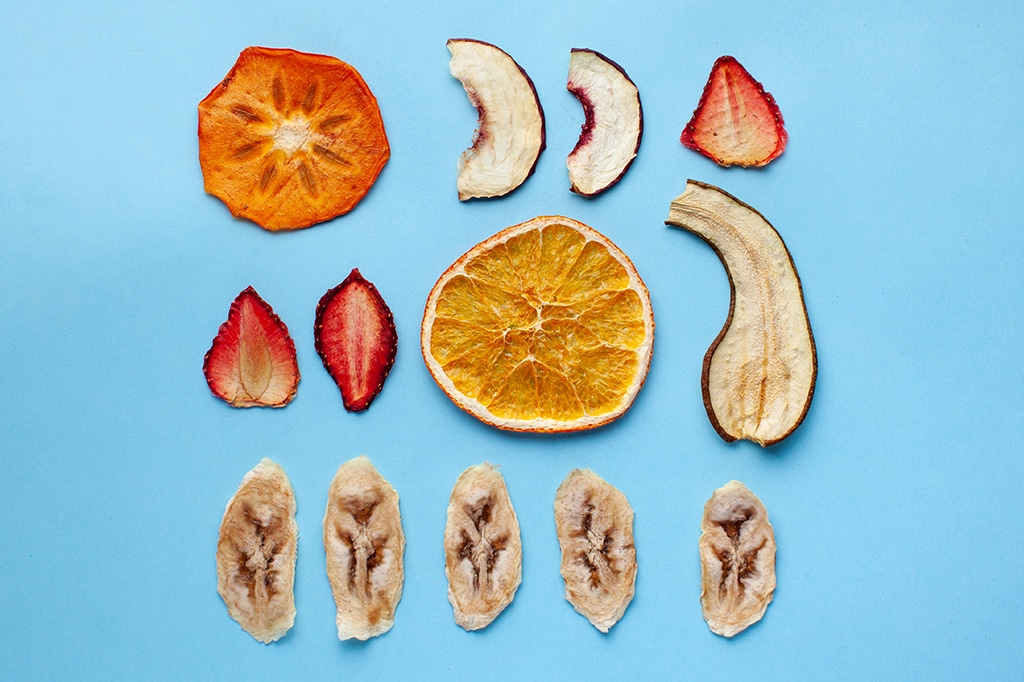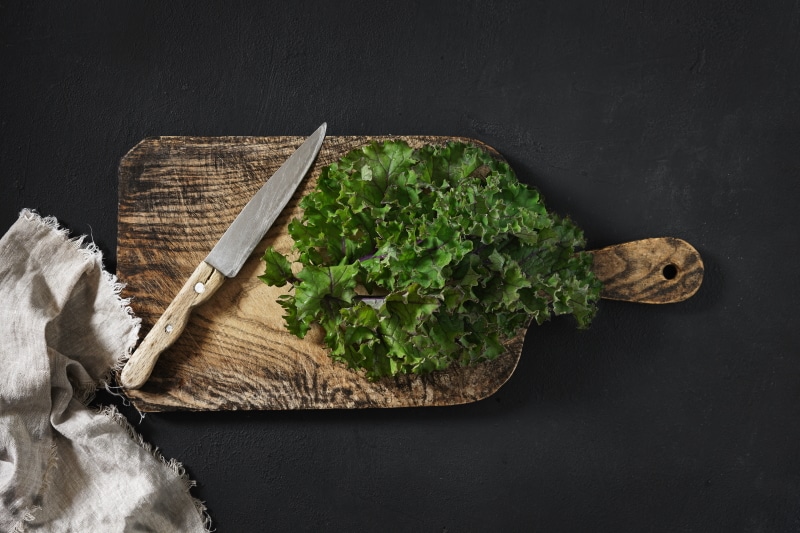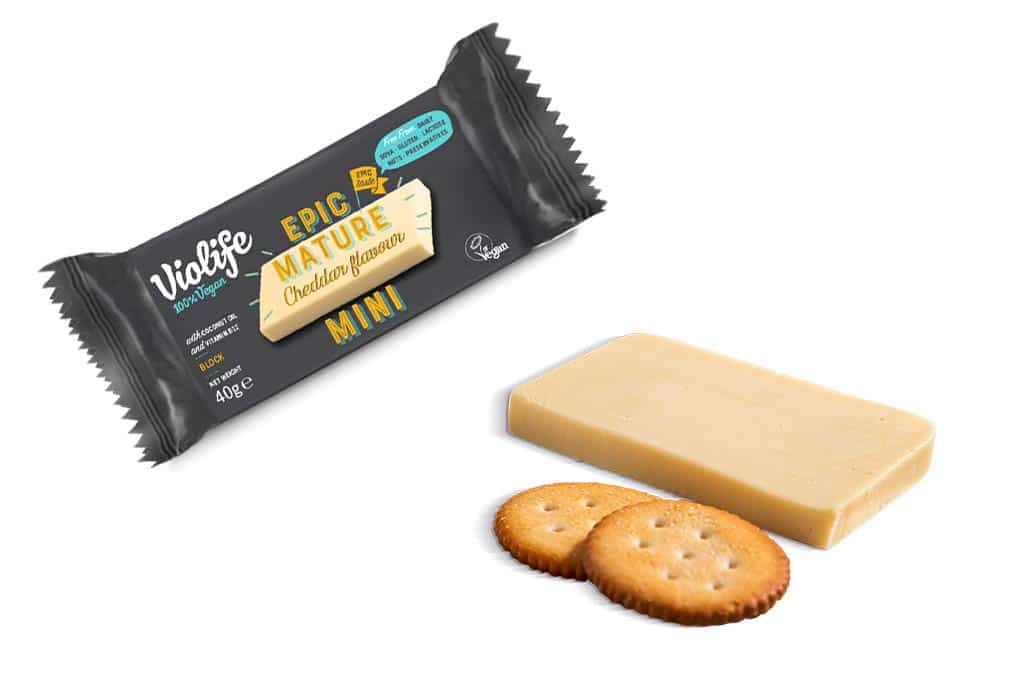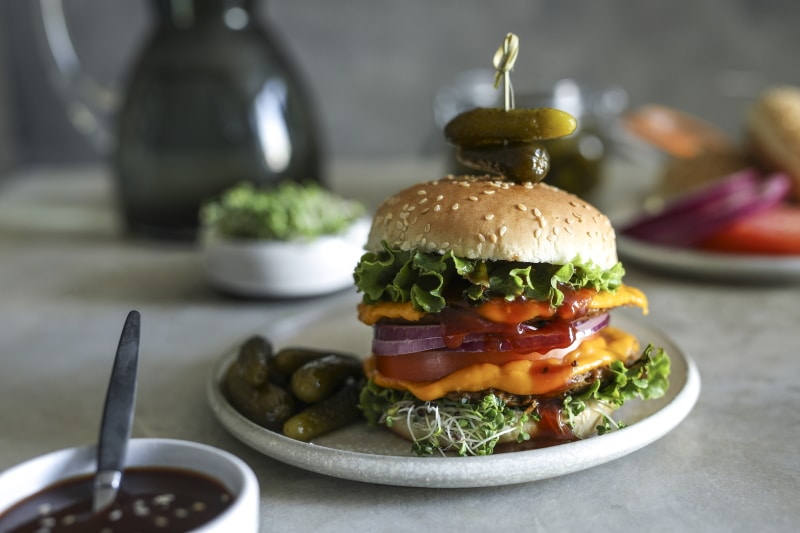Fava beans, also known as broad beans, are one of the oldest domesticated crops in the world, despite their ancient roots, fava beans have remained a staple ingredient in many cultures, and have recently been gaining popularity as a nutritious and versatile ingredient for vegan and plant-based diets.
Due to a find in 2015 in northern Israel, we now know that people have been consuming fava beans since the New Stone Age, or at least 10,000 years ago. Fava beans were probably one of the few beans eaten by Europeans for millennia before the late 1400s.
The fava bean, however, is not a food that has seen its heyday pass. You can use fava beans in a variety of ways, and they’re simple to prepare and cook. Learn about the history, nutrition, and technological applications of one of the earliest domesticated pulses in the world.
Exactly what are fava beans?
The Vicia fabas plant produces pods containing fava beans, which are a type of green legume. Although they belong to the same species as broad beans, there are some minor differences between the two. In addition to being picked and dried at a later stage than other beans, fava beans are also smaller. However, broad beans are larger and are typically picked when still young. Fava beans are a staple food in many cultures, but the Mediterranean and Middle Eastern regions are where they find the most success as a cultural export. For instance, ful mudammas, a popular Egyptian dish, is fava beans cooked with various spices and herbs and served in a metal jug.
Nutrition Qualities
Fava beans are a rich source of nutrients, including protein, fiber, vitamins, and minerals. A 100-gram serving of fava beans provides approximately 7 grams of protein, 5 grams of fiber, and significant amounts of vitamins B1, B2, and B6, as well as minerals like iron, magnesium, and potassium.
Fava beans are highly beneficial to your health unless you have favism (a genetic allergy). They are high in protein (about 13 grams per 100 grams), fiber, and minerals including copper, folate, manganese, iron, and potassium, among others. In addition, they have chemicals that may boost the body’s natural antioxidant defenses.
Fava Bean Uses
Fava beans can be enjoyed in a variety of dishes, both sweet and savory. They are often used in Mediterranean, Middle Eastern, and African cuisines, and are a popular ingredient in dishes like falafel, fava bean dips, and stews. They can also be used in baked goods, such as breads and cakes, as well as in sweet desserts like ice cream.
The versatility of faba beans is unmatched. You may use them as the foundation for a variety of dishes, including falafel, hummus, and soup. Although chickpeas are typically used in Moroccan recipes for this renowned north African and Middle Eastern snack, fava beans take center stage in Egypt. However, that isn’t the limit to their capabilities. To show you how adaptable fava beans are, we’ve compiled some of our favorite ways to cook with them.
Products Containing Fava Beans
Fava beans can be found in a variety of products, including canned or dried beans, flour, supplement and even icecreams. Many food companies now offer fava bean-based products, such as veggie burgers, snack chips, and protein bars, making it easy to incorporate this nutrient-rich ingredient into your diet.
How to Use Fava Beans in a Recipe
One of the simplest and most versatile ways to use fava beans is to make a classic fava bean dip. To make this delicious dip, simply blend together cooked fava beans, garlic, lemon juice, and olive oil until smooth. Serve with crusty bread or vegetable crudité for a tasty snack or appetizer.
Another popular recipe that features fava beans is a hearty fava bean stew. To make this filling stew, sauté onion, garlic, and carrots in a large pot. Add cooked fava beans, vegetable broth, and seasonings like rosemary and thyme. Simmer until the vegetables are tender and the flavors have melded together, then serve over a bed of cooked quinoa or rice for a complete meal.
In conclusion, fava beans are a nutritious and versatile ingredient that can be enjoyed in a variety of dishes and products. Whether you are a seasoned cook or just starting out, incorporating fava beans into your diet is a delicious and easy way to add some ancient flavor to your modern meals.
- Moroccan Cauliflower “Couscous” Salad
Beans and couscous, an Italian-inspired pasta made from semolina, are two of Morocco’s most iconic foods. Cauliflower, the star of this simple yet delicious salad, can be used as a substitute for the latter. You may spice things up with some dried apricots, red peppers, and orange dressing.
- Hummus with Fava Beans and Pistachios
Chickpeas are commonly used in the preparation of hummus, another Middle Eastern staple. The dip is traditionally made with white beans, but fava beans can be be used to achieve the same rich, velvety texture. Half a can of fava beans, together with pistachios, garlic, cumin, parsley, and lemon juice, is all you need to make this dish. In addition, lots of pita bread should always be on hand.
- Roasted Potatoes And A Salty Three-Bean Marbella
Chicken Marbella may sound Spanish (after all, Marbella is a city in Spain) but it was really created in Manhattan, New York. It’s a staple in Jewish American households, but it’s also delicious for vegetarians and vegans. Here, ground beef takes the place of canned kidney beans. However, if you don’t have access to either cannellini or great Northern beans, fava will do in a pinch.
4 . Pasta with Sun-Dried Tomatoes
This delicious pasta will take you away to the rolling hills of Tuscany. Sun-dried tomatoes, a culinary staple in Italy, are combined with healthy greens like spinach and white beans to create this decadent dish. This recipe calls for “cannellini beans,” however fava beans can be substituted in their place.
- Fava Bean Bruschetta
Bruschetta is another well-liked Italian dish that can serve as a short meal, a snack, or an appetizer if you’re serving multiple courses. Typically, it is served with tomatoes, fresh herbs, and olive oil, but a bean spread is also a great accompaniment. This smooth topping, made with fava beans instead of cannellini, will quickly become a staple in your kitchen.

